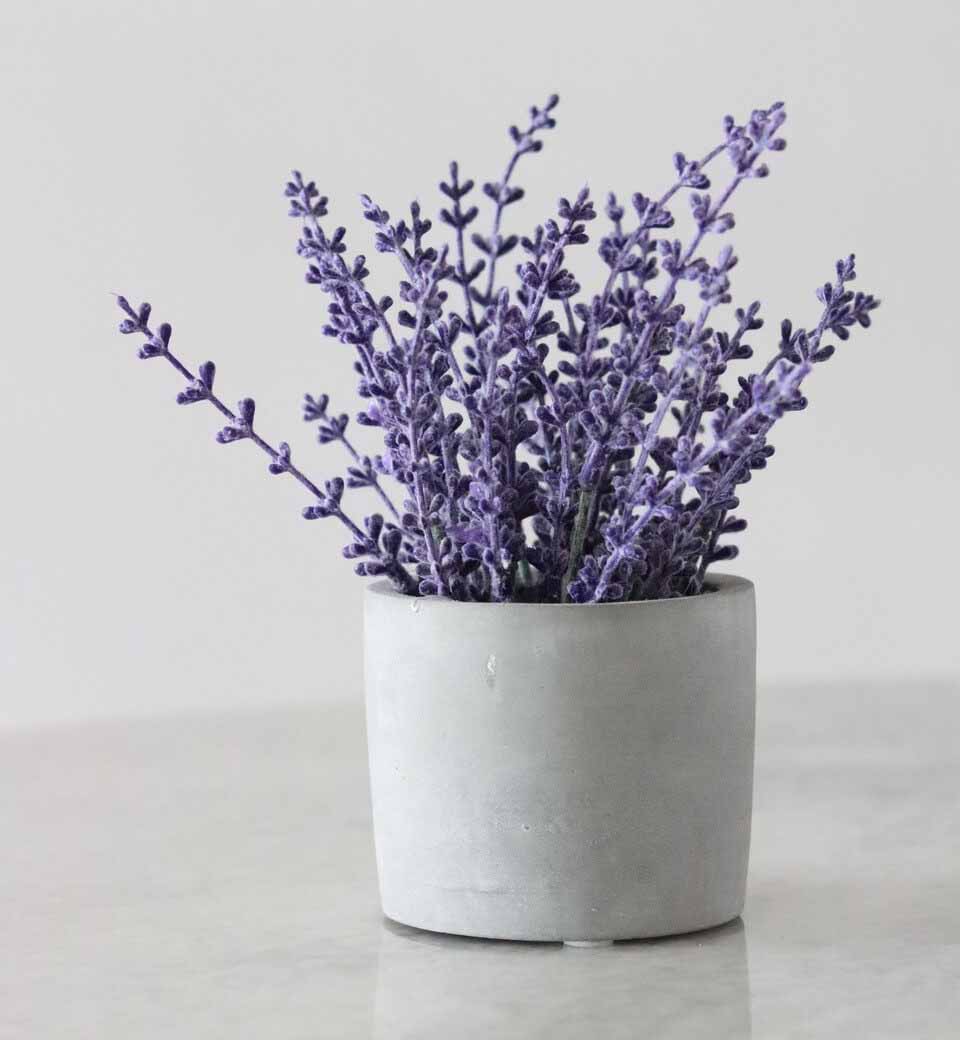Of all the plants you can grow, perhaps lavender is the most fragrant. This beautiful flower is grown around the world for not just it’s beauty, but it’s scent as well. Today, we’ll look at how you can start growing lavender indoors. By the end, you’ll have all the knowledge you need to start growing this delightful plant, and enjoy it’s fragrant scent year round!
Choosing a Variety
Like many other plants, lavender comes in a range of different varieties. While the care is roughly the same, different varieties have different uses. Some are better for culinary uses, while others will bloom longer or smell stronger. You’ll want to start by choosing a variety that fits your goals.
To help you along, here’s a couple of our recommended varieties:
French Lavender: Is a smaller, shorter lived variety that also doesn’t tolerate cold well. It’s great for indoor growing, and tends to bloom for longer than other varieties.
English Lavender: This is the most popular variety that you’ll most likely find at the average home improvement store. It offers richly colored blooms and a strong scent making it a great choice for a variety of situations.
Vera: Is a very pungent variety that is prized by those looking to make scented oils. It’s easy to dry and perfect for those looking for a strong scented variety.
Hidcote: This variety is great for culinary uses and is an ingredient in many recipes. It has a less intense scent, and this helps it not overpower the dishes it’s used in.
That’s only a very small sample of the available varieties. There are hundreds of other varieties and hybrids, so there’s bound to be one that fits your style and goals.
Planting, Soil, and Container
The primary concern with your soil and container when growing lavender indoors is having proper drainage. Lavender likes the soil to be a bit moist, but should dry out between waterings. Constantly soaked soil is a big issue, and will eventually lead to root rot.
To combat that, you’ll want to use a well draining potting soil. Most commercial potting soils will do the trick. Make sure to get potting soil instead of garden soil as it will be lighter and made for container gardening.
Most containers will work well with lavender as long as it has drainage holes to release excess water. Our top pick is terra cotta as it helps control moisture and is very cheap. Any other container will work however.
Sunlight
Sunlight is the most important part of growing lavender, and it’s crucial to getting those beautiful blooms and strong scent. You’ll want to make sure that your plant is getting at least 4 hours of bright sunlight per day. More is generally okay though and won’t hurt your plant. You should also look to rotate every few days to ensure even growth.
While many varieties of lavender will survive with less light or in shade, they will not bloom as beautifully or have as strong of a scent. Those features require a healthy plant that gets a lot of light. If you’d prefer a more muted plant you can cut back the light a bit to suppress these features. Be careful here though as it’s very easy to kill the plant with too little light.
Watering and Feeding
Lavender generally likes to remain moist, but is drought tolerant so look to water too little rather than too much. Check the soil, and water when the top 2 inches or so is dry to the touch. Juvenile plants or ones that are newly sprouted will require a bit more water than mature ones.
To feed, use a water soluble or slow release fertilizer. You can do this 1-2 times during the spring and summer months. Outside of this the plant will go dormant, and will not require feeding. Lavender is not a heavy feeder, so you shouldn’t be feeding a lot in the first place.
Pruning
Whether you plan to use your lavender or not it’s a good idea to prune it every couple of weeks while it’s growing. Simply cut off a few inches off the top with a sharp pair of scissors. This will help encourage new growth and keep the plant healthy. You should do this during the spring and summer, but stop during the fall and winter while the plant is dormant.
Growing Lavender Indoors
Lavender is a beautiful plant that adds a delightful fragrance to any room it’s in. Hopefully the above has taught you something, and you feel confident growing your own lavender plant. If you have any more questions please feel free to reach out to us. We love hearing from you and answering any questions you might have.







